temporary pavilions revive neglected urban spaces for architecture festival of rome
architecture festival of rome transforms the eternal city
For the fourth edition of the Architecture Festival of Rome, four international firms were called upon to design temporary site-specific pavilions to transform the public spaces of the eternal city. The festival, conceived and realized by the Order of Architects for Rome and the Province, serves as a vehicle and accelerator of change, with the aim of fostering a renewed culture of design and delivering a greater social impact on Rome. Focusing on issues that regulate urban, social and cultural transformations of contemporary metropolises, the interventions by TAKK, Lemonot, SET Architects and Anna Merci Architecture deal with the residual spaces of everyday life in Rome. Their pavilions, along with the wider festival, generate concrete changes starting from ordinary landscapes — ‘stand-by’ public spaces in areas with a lack of infrastructure for living.
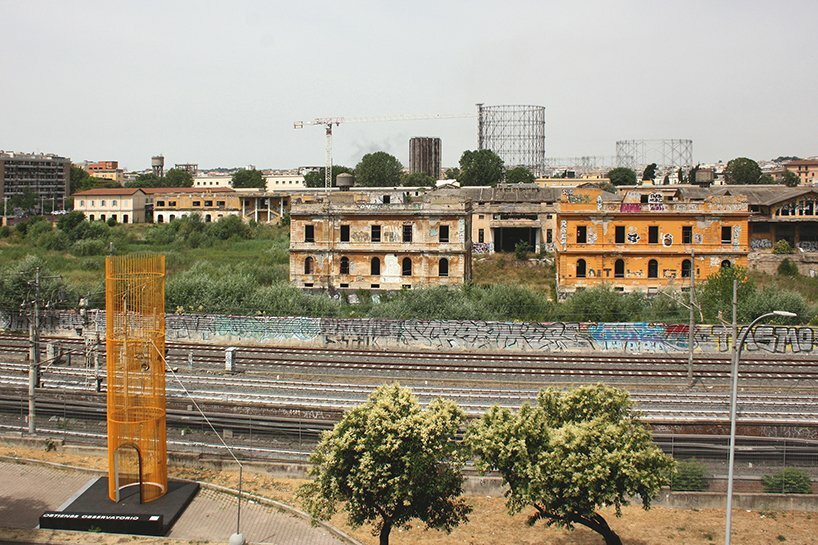
The OO Pavilion – by Anna Merci Architecture for Architecture Festival of Rome | image © Anna Merci Architecture
Shelter for co-existence by TAKK
Spanish architecture studio TAKK’s installation Shelter for Co-Existence signals the urgency of redefining the public space as not only a priority for fulfilling human needs, but for other forms of life that coexist and inhabit the city. The installation, a fur-coated dome with multiple protected entrances to provide shelter for the neighbourhood cats, aims to establish relationships of mutualism, symbiosis and affections between humans, non-humans and their city.
Italy is home to the most diverse number of species in Europe, but around 70% of its fauna is in danger of extinction due to global warming. This situation only becomes more dire in the country’s urban areas due to the scarcity of green areas and the heat island effect.
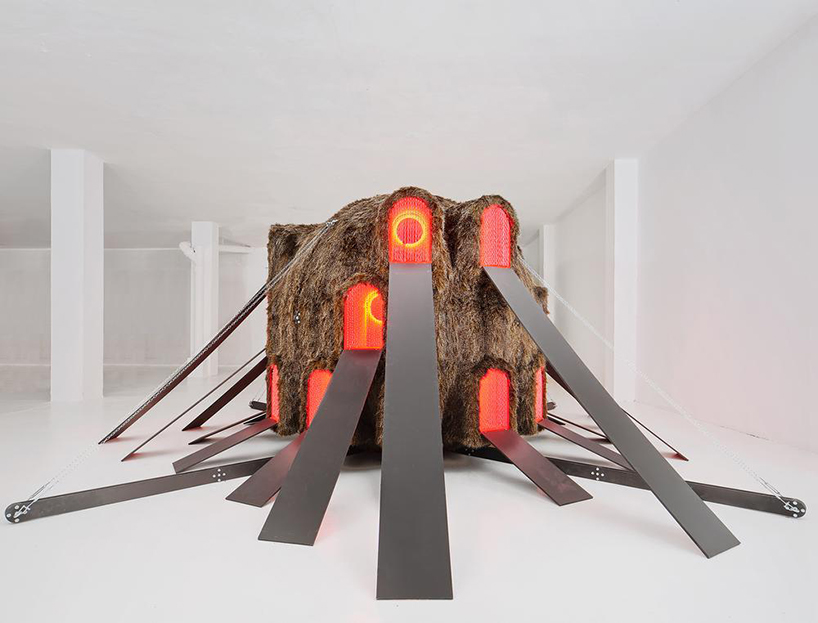
Shelter for Co-Existence – by TAKK for Architecture Festival of Rome | image © José Hevia
Oasi dei golosi by Lemonot
Oasi dei Golosi by Lemonot, international architecture and performative arts studio, is conceived as a large habitable object, a metal urban oasis at the scale of the city. The pavilion is conceived as a reflective and permeable island that arises from the industrial elements of the neighbourhood, playing with the shadows and shapes of light. Seven cones serving as telescopes surround a metal skeleton and intersect to form a circular drum, framing a sheltered space where visitors can linger, sit down, and enjoy a picnic.
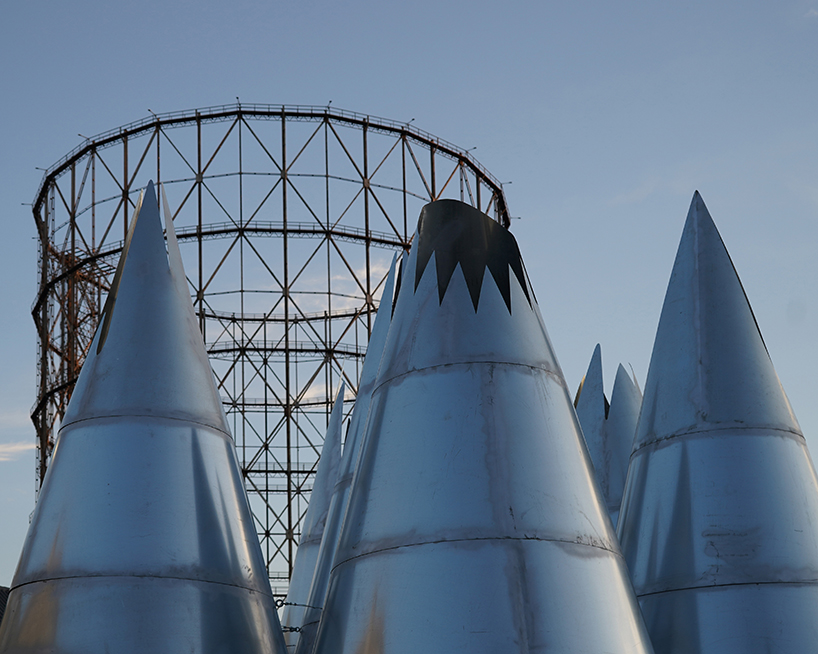
Oasi dei golosi – by Lemonot for Architecture Festival of Rome | image © Lemonot
Skyframe by SET Architects
Roman studio SET Architects designs Skyframe is an urban device which regenerates and activates a marginal area of the Ostiense district to increase its accessibility for the citizens. The installation is conceived as an urban landmark, permeable and liveable, capable of attracting visitors to discover new ways of using public space.
Through four wooden portals, visitors can enter into an intimate and compressed space that invites them to look up and admire the sky, framed by a perspective telescope. In a contrast of natural and artificial materials, the upper telescopic section of the XLam structure is clad in rockpanel slabs that reflect the urban landscape.
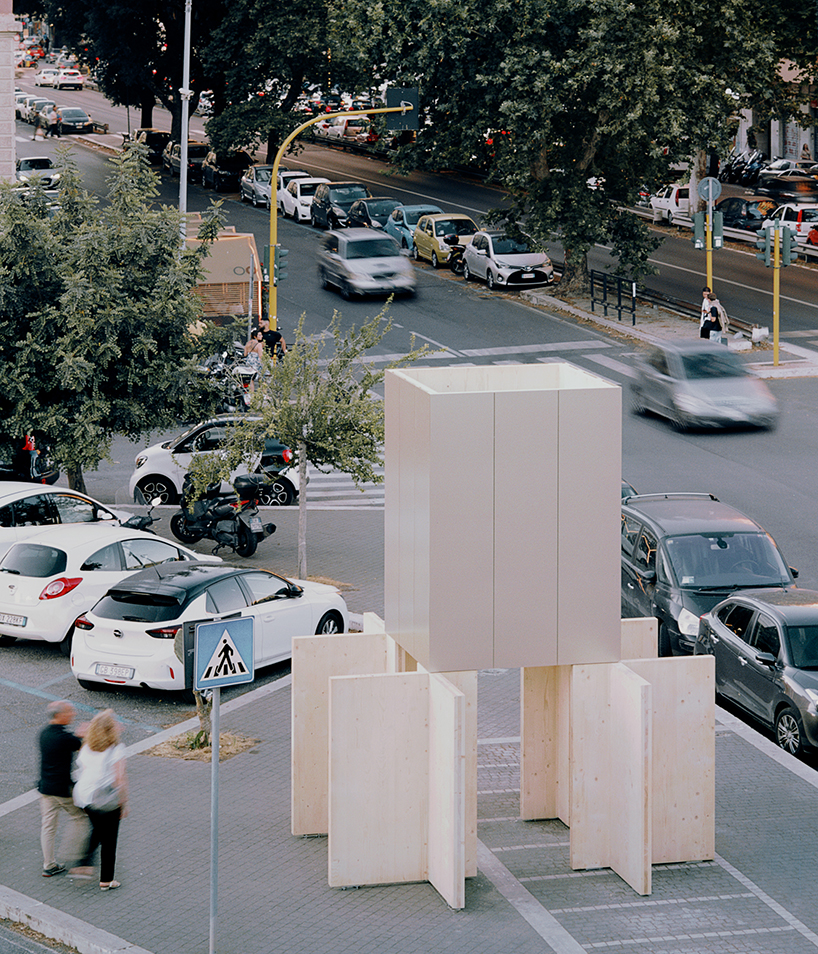
Skyframe – by SET Architects for Architecture Festival of Rome | image © Simone Bossi
OO Pavilion by Anna Merci Architecture
The OO — Ostiense Observatory — Pavilion by Anna Merci Architecture (see more here) is located in front of the abandoned area of the former Mercati Generali. Exploring the urban landscape using the principle of periscope, the device overcomes physical barriers and suggests new visual perspectives. With its archetypal shape and intense colour, it commands attention and becomes an opportunity for an unprecedented reflection on the spaces of the contemporary city.
The OO Pavilion is entered through a folded sheet metal portal that recalls the arch of the historic entrance to the Mercati Generali and the shape of the rhythmic windows of the two buildings facing it. The dry-built, load-bearing installation consists entirely of hollow steel rods arranged in three circular modules bolted together. The pitch of the rods decreases going upwards, combining formal and structural requirements. Raw building materials are reinterpreted in an aesthetic expression: in addition to the rods, the three periscopes are made of threaded bars, bolts and mirrors inserted into the rings that normally support PVC pipes. The cadence of the rods vibrates with the rhythm of the façades of the residential buildings that surround the pavilion. 8.9 meter high and with a partially permeable shape, the soaring light solid structure blends with the landscape and the sky at different degrees of transparency depending on how it is hit by the sun’s rays. The orange colour recalls the plaster residues left on the buildings of the former Mercati Generali and recalls the many mural paintings that enliven the Ostiense district.
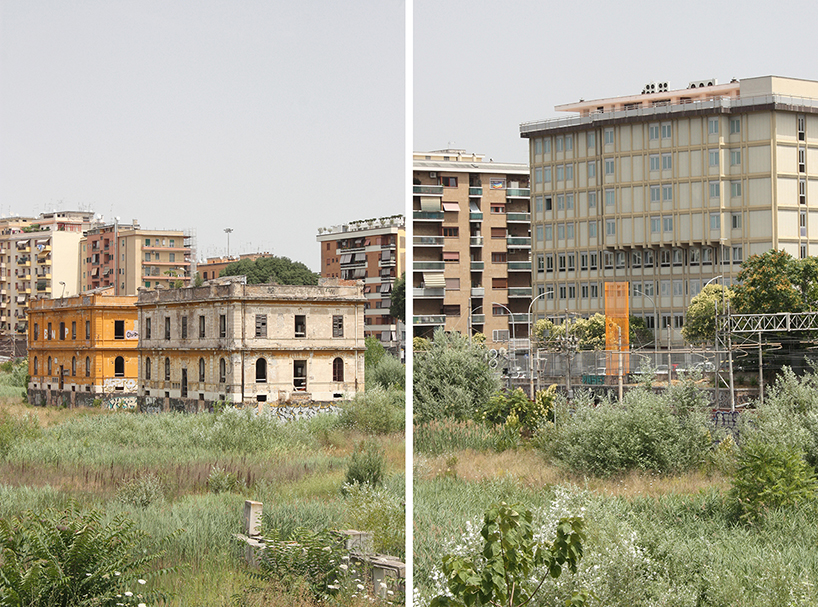
The OO Pavilion – by Anna Merci Architecture for Architecture Festival of Rome | image © Anna Merci Architecture
